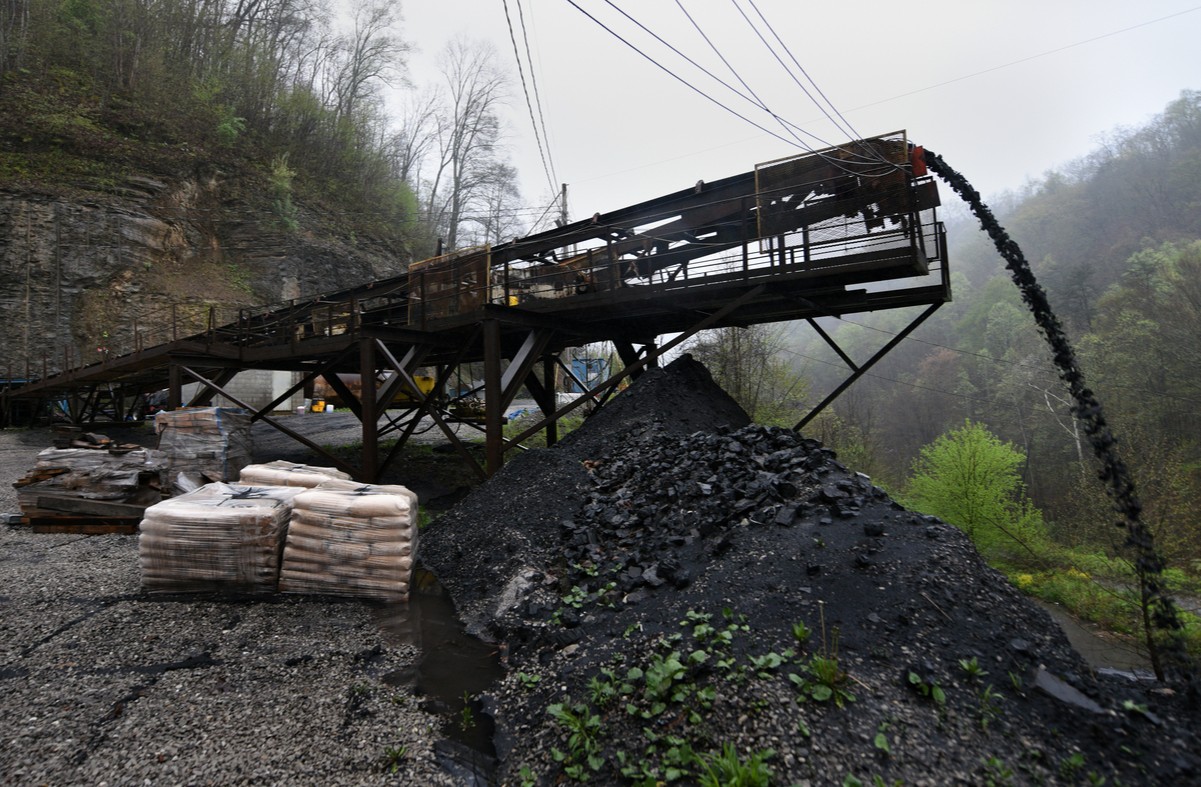Secrets Of Confederate Mining In Appalachia

Have you ever wondered about the hidden history of Confederate mining in Appalachia? This region, known for its stunning landscapes and rich cultural heritage, also holds secrets from the Civil War era. During the conflict, the Confederacy relied heavily on Appalachian mines for essential resources like saltpeter, lead, and coal. These materials were crucial for making gunpowder, bullets, and fuel. Miners worked tirelessly, often under dangerous conditions, to support the Southern war effort. Today, remnants of these mining operations can still be found, offering a glimpse into a lesser-known aspect of American history. Join us as we uncover the fascinating story of Confederate mining in Appalachia.
Hidden Mines of Appalachia
The Appalachian Mountains hold many secrets, including the remnants of Confederate mining operations. During the Civil War, the Confederacy relied heavily on these mines for resources. Let's uncover some of these hidden gems.
1. Ducktown Basin, Tennessee
Ducktown Basin was a major copper mining area. The Confederacy extracted copper here to make bronze cannons and other war materials. Today, you can visit the Ducktown Basin Museum to learn more about its history.
2. Cranberry Iron Mine, North Carolina
Located in the Blue Ridge Mountains, Cranberry Iron Mine supplied iron for Confederate weaponry. The mine operated until the early 20th century. Now, it's a fascinating historical site for visitors.
3. Saltville, Virginia
Saltville was crucial for the Confederacy because salt was essential for preserving food. The town's salt mines were heavily guarded and fiercely contested during the war. You can explore the Saltville Battlefields and Museum to see artifacts from this period.
4. New River Gorge, West Virginia
New River Gorge was rich in coal, which the Confederacy used to fuel its war efforts. The rugged terrain made mining difficult, but the coal was vital. Today, the area is a national park with hiking trails and historical markers.
5. Etowah River, Georgia
The Etowah River area had several iron furnaces that produced materials for the Confederate army. The Allatoona Pass Battlefield nearby offers a glimpse into the region's strategic importance during the war.
6. Birmingham, Alabama
Birmingham's Red Mountain was a significant source of iron ore for the Confederacy. The Sloss Furnaces National Historic Landmark now stands as a tribute to the city's industrial past.
7. Wytheville, Virginia
Wytheville's lead mines were essential for producing bullets. The Lead Mines Historical Park offers guided tours that delve into the area's mining history.
8. Catoctin Mountain, Maryland
Catoctin Mountain had iron furnaces that supplied the Confederacy. The Catoctin Furnace Historical Society preserves this history with exhibits and tours.
9. Lookout Mountain, Tennessee
Lookout Mountain was a strategic location with iron and coal resources. The area saw significant battles, and today, you can visit the Lookout Mountain Battlefield and Point Park.
10. Pigeon Forge, Tennessee
Pigeon Forge had iron forges that contributed to the Confederate war effort. The Old Mill, a historic gristmill, now serves as a reminder of the town's industrial past.
11. Cumberland Gap, Kentucky
Cumberland Gap was a vital passageway and resource hub for the Confederacy. The Cumberland Gap National Historical Park offers insights into its strategic importance.
12. Harpers Ferry, West Virginia
Harpers Ferry had armories and ironworks that were crucial for the Confederacy. The Harpers Ferry National Historical Park preserves this rich history with interactive exhibits.
13. Richmond, Virginia
Richmond, the Confederate capital, had numerous ironworks and foundries. The Tredegar Iron Works, now part of the American Civil War Museum, showcases the city's industrial contributions.
14. Dahlonega, Georgia
Dahlonega was known for its gold mines, which the Confederacy tried to exploit. The Dahlonega Gold Museum Historic Site offers a glimpse into this golden past.
15. Franklin, Tennessee
Franklin had iron furnaces that supported the Confederate war effort. The Carter House and Carnton Plantation provide historical context and tours of the area.
The Legacy of Confederate Mining in Appalachia
Confederate mining in Appalachia left a lasting impact on the region. The miners' efforts provided crucial resources during the Civil War, shaping the area's economic and social landscape. Many mining towns sprang up, some of which still exist today, preserving a piece of history. The techniques and tools developed during this period influenced future mining practices, showcasing the ingenuity of those early miners.
Exploring these historical sites offers a glimpse into the past, revealing stories of hardship, innovation, and resilience. The legacy of Confederate mining is a testament to the region's rich history and the enduring spirit of its people. Whether you're a history buff or just curious, visiting these sites provides a unique opportunity to connect with a pivotal era in American history. The secrets of Confederate mining continue to fascinate and educate, reminding us of the complexities of our past.

